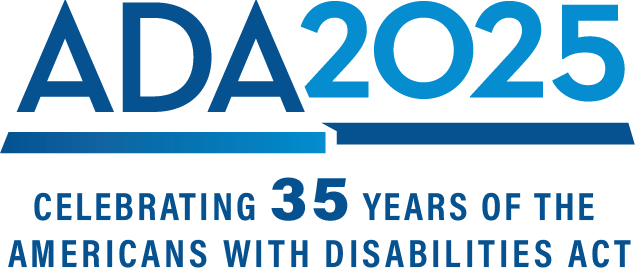Whether you love swimming, skiing, hiking, fishing, or just playing at the park, recreational activities are a part of healthy living. This is why it is so vital for parks and recreational facilities to incorporate universal design and accessible equipment to ensure people of all abilities can join in the fun. A variety of tools and innovations are helping to make this possible.
Here are just a few examples:
- Ramps and lifts can make swimming pools accessible for people with disabilities by allowing them to enter the water with minimal assistance.
- Summer beachgoers with disabilities can access sand and surf through beach access routes, which offer continuous, unobstructed pathways to both sand and water. In addition, all-terrain wheelchairs with tires designed for uneven surfaces can make rolling on sand easier.
- Height-adjustable basketball backstops allow wheelchair users and people of different heights to shoot hoops.
- Many state and national parks have, or are incorporating, accessible trails and fishing piers with wide, even surfaces. Accessible fishing piers can also include lower railings to allow for unobstructed views when fishing.
- Accessible sandbox diggers can help children who use wheelchairs move sand around in the sandbox using levers. The wheelchair sits directly outside the sandbox, and children can use the levers to shovel, scoop, and dig in the sand.
- Accessible swing sets, based on ADA specifications, can include platforms that can handle manual and motorized wheelchairs.
Both the ADA and the Architectural Barriers Act (ABA) have provisions relating to recreational facilities that help ensure people with disabilities have accessible recreational options throughout the year. For more information on options in your area, contact your state or local parks and recreation department.
Additional recreational resources from ACL/NIDILRR grantees include, but are not limited to:
- The New England ADA Regional Center developed several recreational checklists available in various formats. There is also a checklist called the ADA Checklist for Existing Facilities. This ADA Checklist continues to be a resource for ADA compliance for existing facilities across the country and around the world. Examples of countries and continents using the checklist include, but are not limited to, Canada, Europe, South America, India, China, and Japan. The ADA Checklist is used by engineers, architects, and designers, as well as local officials and ADA coordinators, to improve ADA compliance in stores, restaurants, local and state government facilities, recreation sites, and more. As reported by the New England ADA National Network Regional Center in 2025, the checklist is being used by state, local government, non-profits, and other institutions to assess their existing facilities in order to develop a transition plan.
- Great Lakes ADA Center webinar on accessible play areas (May 2021)
- “Playtime for All: Is Your Playground Accessible?” blog from the Northeast ADA Center
- Creating Welcoming Parks and Recreation Environments Video Series from the Temple University Collaborative
- ADALive! Podcast: Get Out & About! Accessible & Inclusive Outdoor Recreation (July 2021)
Empowering people with mobility disabilities to participate in sport and recreation activities with their friends, families, peers, and communities is also part of accessible recreation. In 2023, NIDILRR funded a five-year Rehabilitation Engineering Research Center (RERC) called the Power of Play. In 2025, this RERC reported the design, building, and testing of nine sports and recreational activity assistive technology (SRAAT) devices. These SRAAT devices were made by using 3-D printing capabilities and easy-to-acquire and use materials such as bolts, Velcro, glue, nylon straps, etc. Creating affordable and lasting SRAAT increases the inclusion of people with mobility devices in their communities. The preliminary results of this work were presented at a session called 3D printing sport and recreation equipment, part of the Move United Education Conference held in Park City, Utah, in May 2025.

